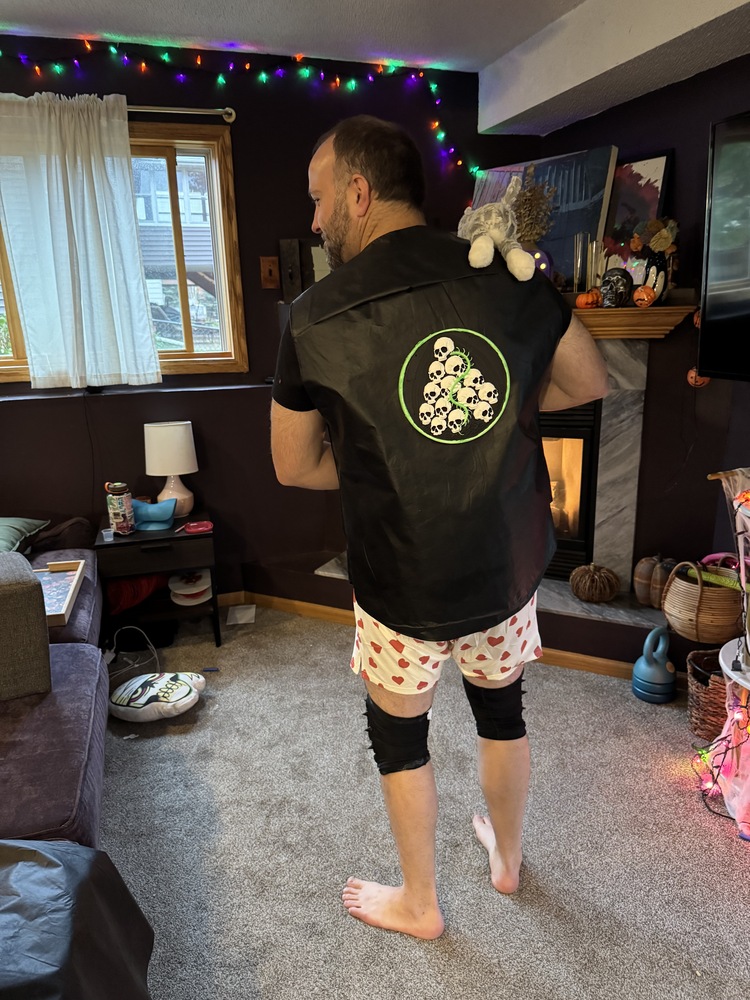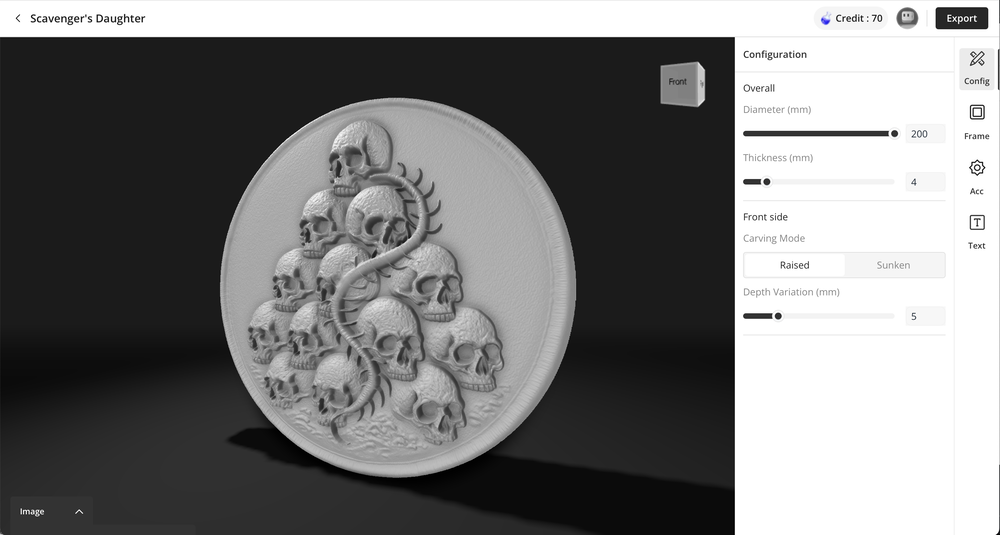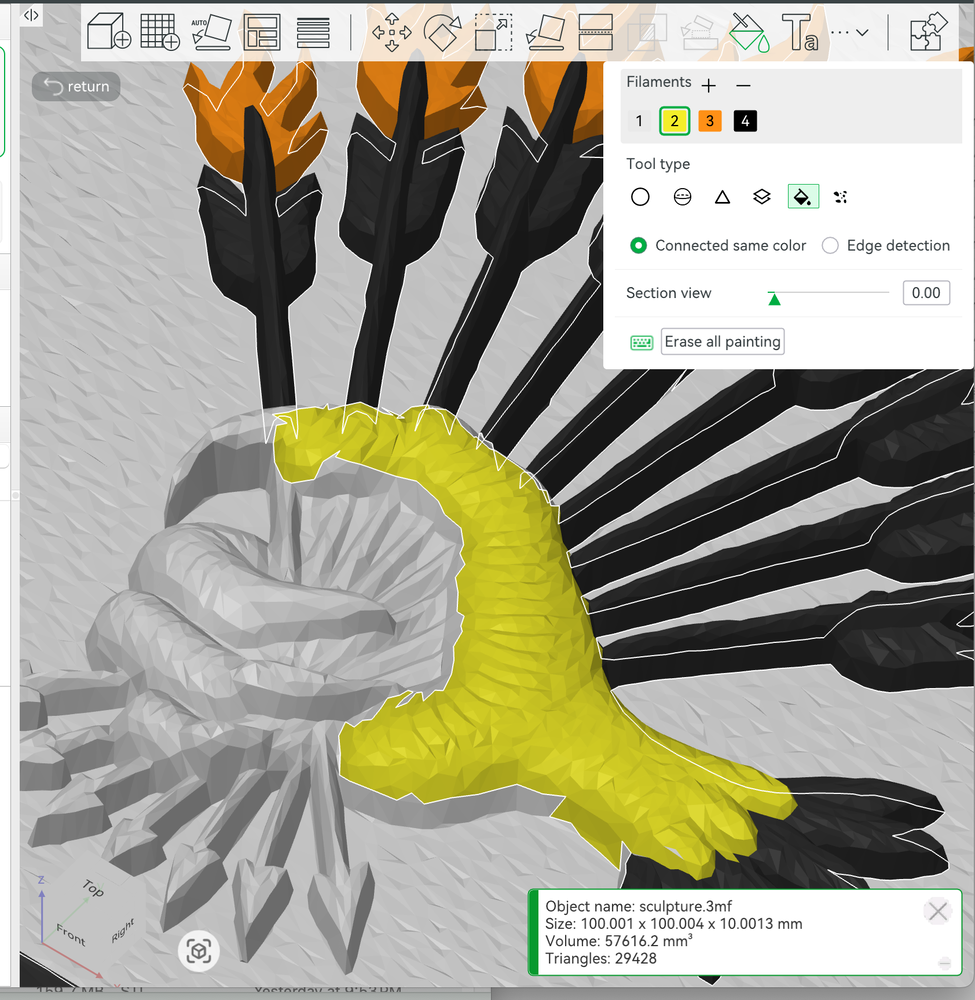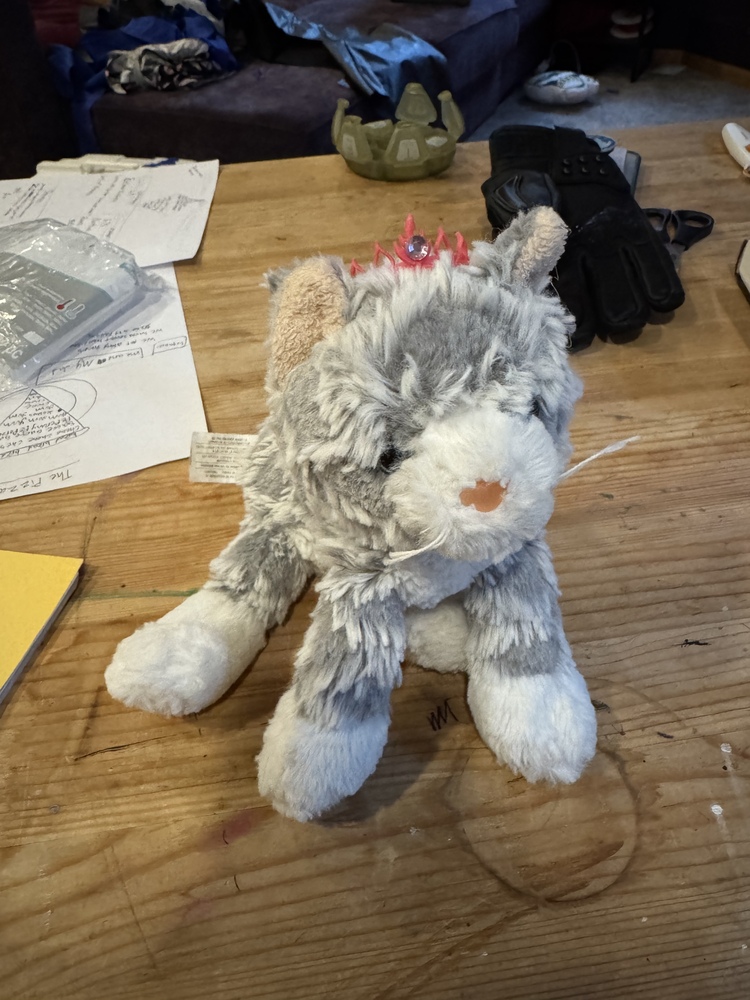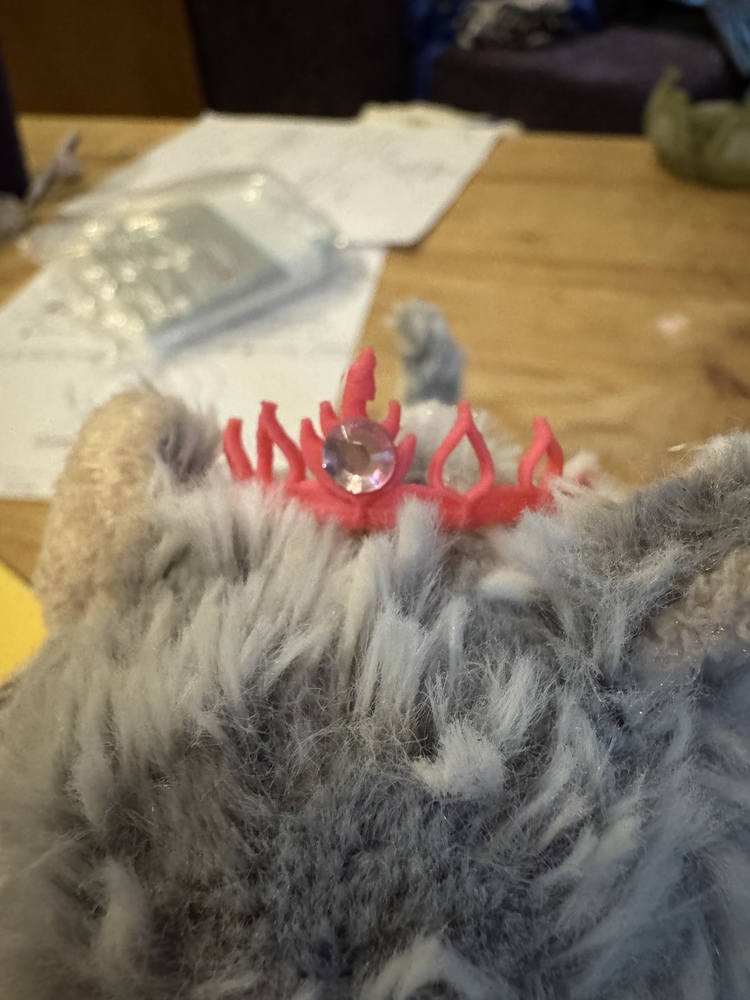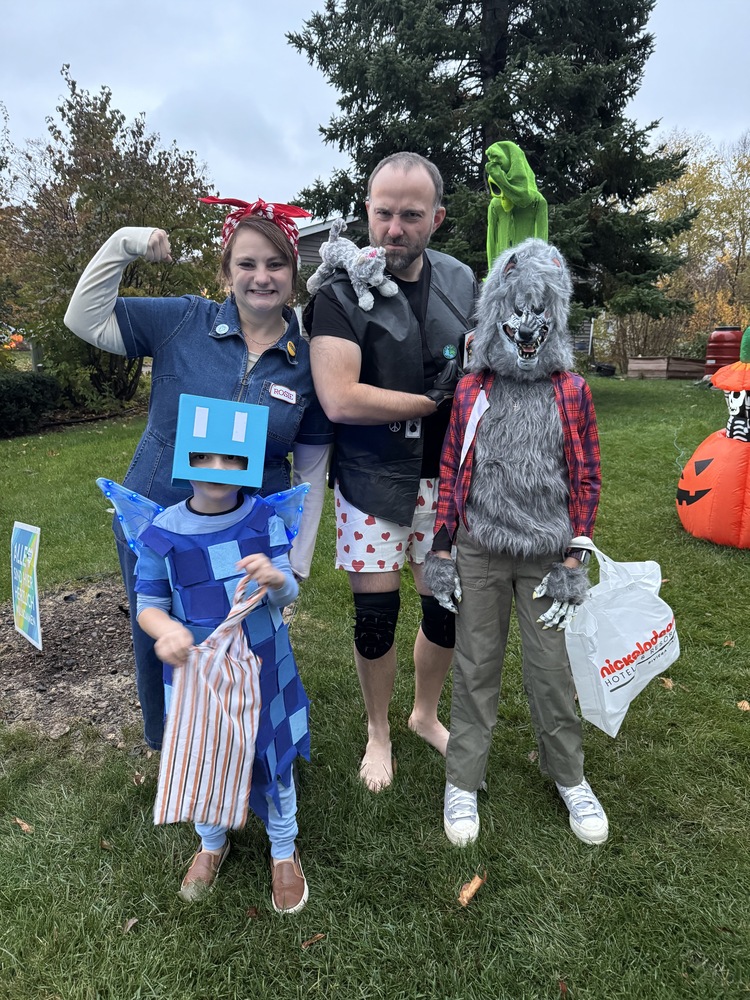random scenes from tokyo, and some thoughts on online publishing
🔗 a linked post to
winnielim.org »
—
originally shared here on
I had a plan to publish these photos today for my weekly post, but I had found myself wondering what is the point of it all. What is the point of taking a camera to the streets to snap these photos, and what is the point of publishing them? And recently, I cannot help but wonder what is the point of sharing my thoughts online in a world where the internet is no longer a safe space.
When I was younger I desired to publish my thoughts online because I couldn’t do it offline. It was an outlet. These days I have started wondering if it is better to keep my thoughts to myself, and I find myself less and less interested in online connections. Actually, I just find myself less interested in human connections overall. I think the pandemic has changed me. If I was cynical before, I am worse now.
I don’t think I’m as cynical as Winnie here, but I do find myself wondering “why” a lot lately.
This past year, I’ve found myself drawn to the gym. Beating the sunrise over the horizon and watching the colors of the sky shift from darkness to a deep purple to suddenly orange.
Lifting heavy weights, squeezing my muscles as I reach the apex of the movement, feeling the tissue subtly break apart, doing hard things.
Sweat. So much sweat. How does it get all over the treadmill?
I can’t explain what really motivated me to finally get back into shape, and I still often find myself wondering “what is it all for?”
I guess if I’m being honest with myself, I work out because it feels good. Every aspect of it, from walking into the gym and saying hi to Alan at the front desk, to pushing a 40 pound sled 275 yards in four minutes, to drinking my vegan PB&B smoothie after taking a shower. It never fails to make me happy.
It’s okay to do things because they make you happy. It’s a lesson I learned from watching my kids, embarrassed that I forgot that (to paraphrase John Gruber) having fun is one of the best parts of being alive.
The gym isn’t the only area in which I question the point of it all. This blog has been prime on my mind lately for “what am I even doing here?”
I have never had a strong vision for this site. Sometimes it’s a portfolio. Sometimes it’s my todo list, a place to dump interesting links, my workout tracker, my beer tracker.
Like Winnie, I’ve never particularly felt safe having a blog like this, with my real name tied to it. There’s nothing to hide behind. I don’t track my visitors but I can only imagine this site is now soaked up and memorialized deep within several LLM training sets, only further making the things I say online matter.
But lately, I’ve wanted to have an alter ego. A persona who allows me to truly express myself without any professional baggage attached to it. A clean slate without reputation.
I turn 38 in five days. And I still don’t know what I wanna be when I grow up.


